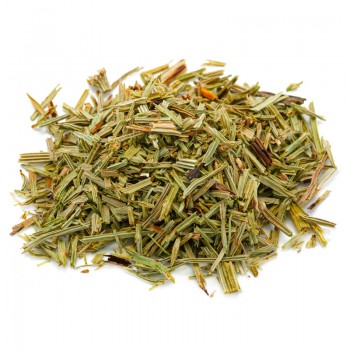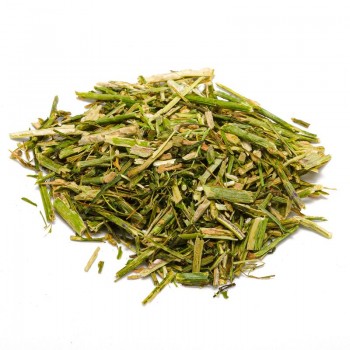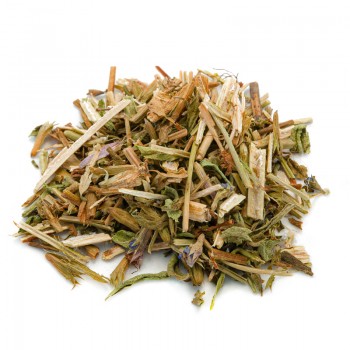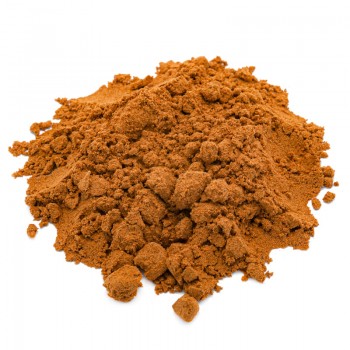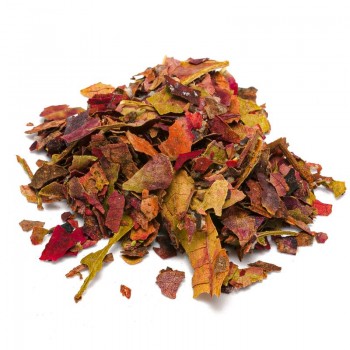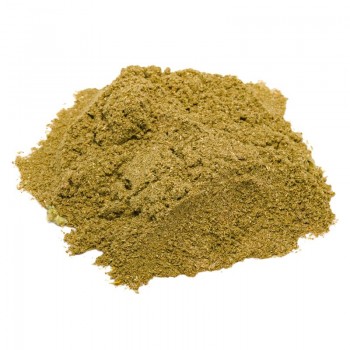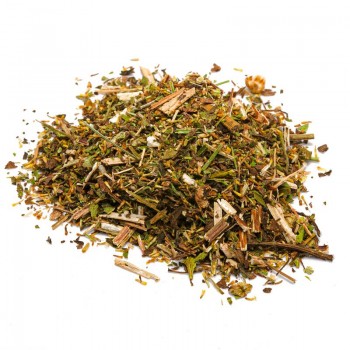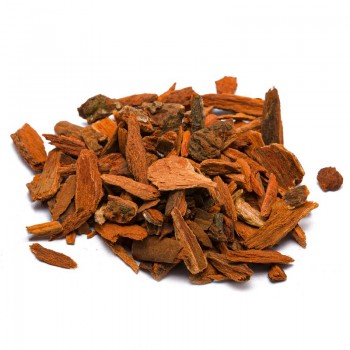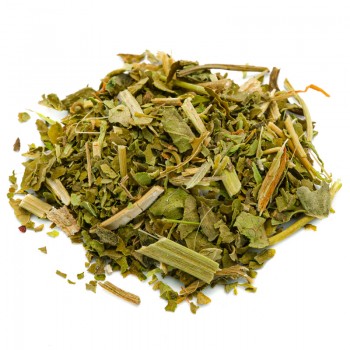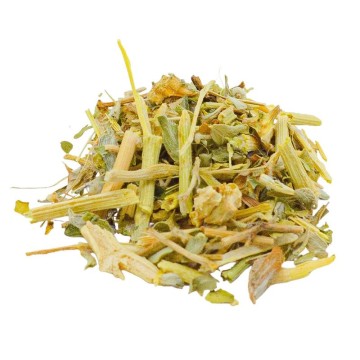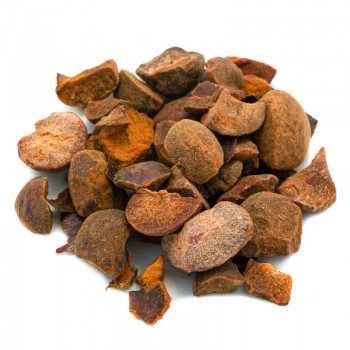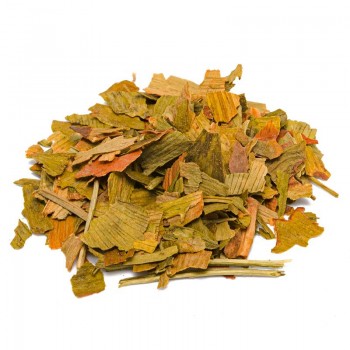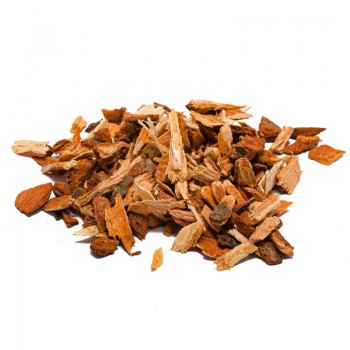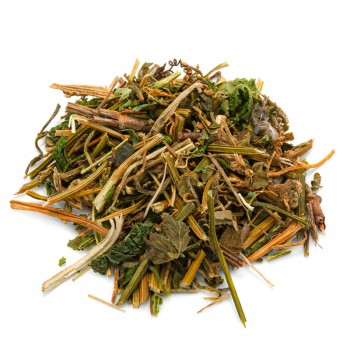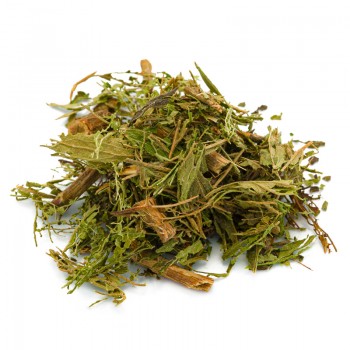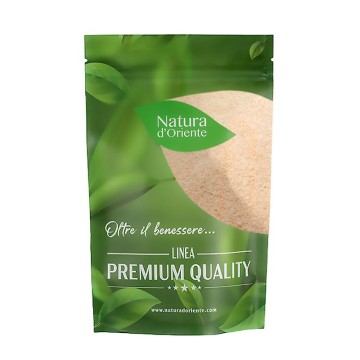Known since ancient times as Solidago virgaurea, this herbaceous plant is a widespread ingredient in traditional herbal medicine, today especially in supplements and herbal teas. The Latin name means "consolidate" or "heal" and reflects the use for health purposes of the goldenrod, of which flowers and leaves are used. The main use is for the well-being of the urinary tract, and to naturally reduce inflammation of the joints and muscles.
Gold Bullion: properties and benefits
In folk medicine, this plant has been appreciated for treating urinary disorders and inflammatory states, using natural remedies. The leaves and flowers of the goldenrod have historically been used in herbal tea cutting, while in recent times they are included in supplements as support elements with other ingredients.
The herb is rich in plant compounds, a source of saponins and antioxidant flavonoids such as quercetin and kaempferol , which help our body in maintaining well-being against harmful bacteria and yeasts.
In particular, in the urinary tract some bacteria and fungi perform an action that irritates and inflames the tissues of the urinary tract.
In cases of non-serious disorders, this condition can also be treated with the help of natural compounds that promote the well-being of the genitourinary system such as the goldenrod. Its action consists in decreasing the painful spasms of the urinary tract. Helps to calm the symptoms of an overactive bladder, which gives the constant feeling of having to urinate and causes painful urination.
Promotes an increase in urinary flow, with a diuretic effect that is beneficial for expelling bacteria, and supporting the well-being of the kidneys and bladder. The drainage of liquids fights the excess of uric acids and nitrogen; therefore, it is useful in case of gout and when a purification activity is necessary.
The antioxidants and other plant compounds present in the goldenrod were also historically used for their natural anti-inflammatory effects. In traditional medicine, the goldenrod has been used to counteract some symptoms of rheumatism and arthritis such as tissue swelling and associated pain. Quercetin, the flavonoid contained in the goldenrod, gives calming properties against irritation.
In addition, the flavonoids antioxidants contained in the goldenrod help protect cells from damage due to free radicals, promoting an anti-aging action and well-being for the body.
Origins and History of cultivation
The Solidago virgaurea plant, known as goldenrod, has been widespread for centuries in Europe, Asia, North and South America. It is often found in ditches and fields, and for a long time it was considered a weed. It is one of the most studied plants in herbal terms, used in both Western medicine and traditional Chinese medicine.
The etymology of the name Solidago probably refers to the medicinal properties of the plant, deriving from the Latin "solid" whose meaning is "consolidate, strengthen" also in the sense of "heal the everything". The word virgaurea, which means golden twig, refers to its showy yellow flowers.
To exploit its virtues of phytotherapy , the useful parts such as flowers and leaves are collected. Its fame originated in ancient times as a plant used to heal wounds, especially among the Germanic tribes, and some German names reflect this use. Furthermore, it is also called cursed or pagan herb, because it was perhaps used as a remedy for the evil eye or witchcraft. In the 16th century, the diuretic effects of the goldenrod were emphasized by the doctor Pietro Andrea Mattioli, who defined this herb as powerful in increasing the flow of urine and dissolving stones. It was also well known for its astringent qualities, and used in case of diarrhea, stomach ulcers or gums. In addition, it was used to calm phlegm and cough.
Despite these anti-phlegm virtues it was often associated with allergy phenomena, causing in some people itchy eyes and mucus in the nose. In reality, according to traditional medicine, it fights the symptoms of which it is accused, and was used to treat burning and congestion of allergic origin - in particular sinusitis.
Plant and flowers
The herbaceous plant Solidago virgaurea is a perennial from the Asteraceae family. It grows in many countries of Europe, North Africa and Asia (China, Russia, India, Turkey, Kazakhstan). It is part of the genus Solidago which includes over 150 species, and the European goldenrod (Solidago virgaurea) is divided into two subspecies. The flowering period is from July to September, with showy yellow flowers. It spreads easily and pollinates with other plants, resulting in many different species.
Nutritional values of the Goldenrod
The beneficial activity of the plant derives from the presence of many precious plant compounds. The most biologically active are flavonoids and phenolic compounds (rutin, quercetin, hyperoside, astragalin) with antioxidant functions and to calm irritation. In addition, it contains numerous saponins, diterpenes, phenolic glycosides, tannins and volatile oils .
How to use the Goldenrod in herbal tea
The infusion is obtained by inserting in a cup (250 ml), about 3-5 grams of goldenrod in herbal tea cut with water at 100 ° C. Leave to infuse for 5 to 8 minutes, before drinking the herbal tea. Add honey or sugar, if desired, given the slightly bitter aftertaste of the brew.
Goldenrod: side effects and contraindications
Usually this plant is well tolerated without giving particular side effects. However, there are some precautions to take, especially if you have an allergy. Goldenrod can trigger some allergic reactions, including skin rashes and asthma, in people who are allergic to related plants such as ragweed or calendula. The leaves are rich in latex, and can give allergic reactions to people allergic to latex.
Furthermore, the goldenrod can interfere with the treatments of some pathologies, that is with diuretic drugs and for conditions of renal or heart failure. It is advisable to avoid the goldenrod in case of dialysis and kidney transplant. It is not recommended during pregnancy or breastfeeding.

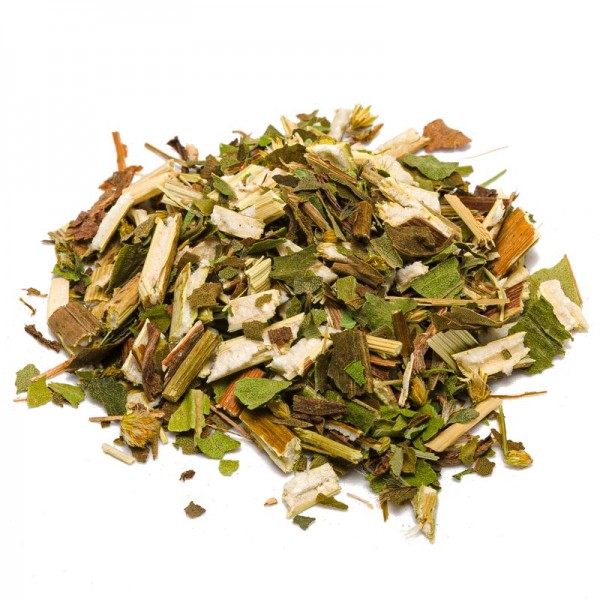









 No reward points for this product.
No reward points for this product.
